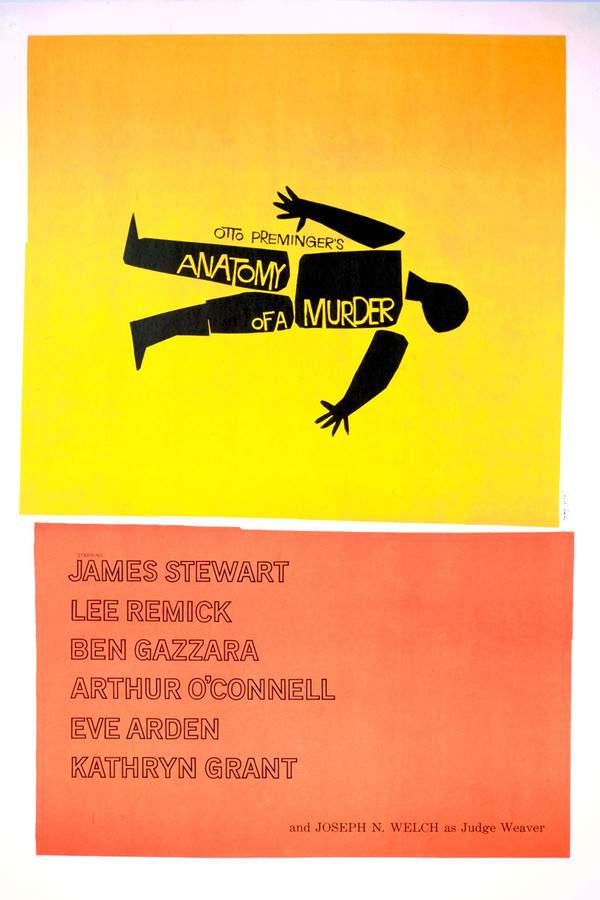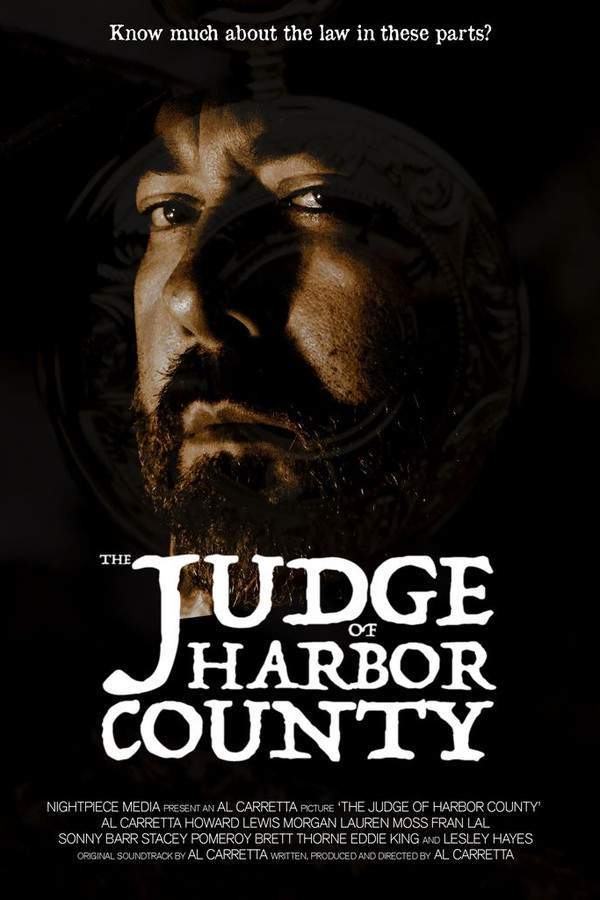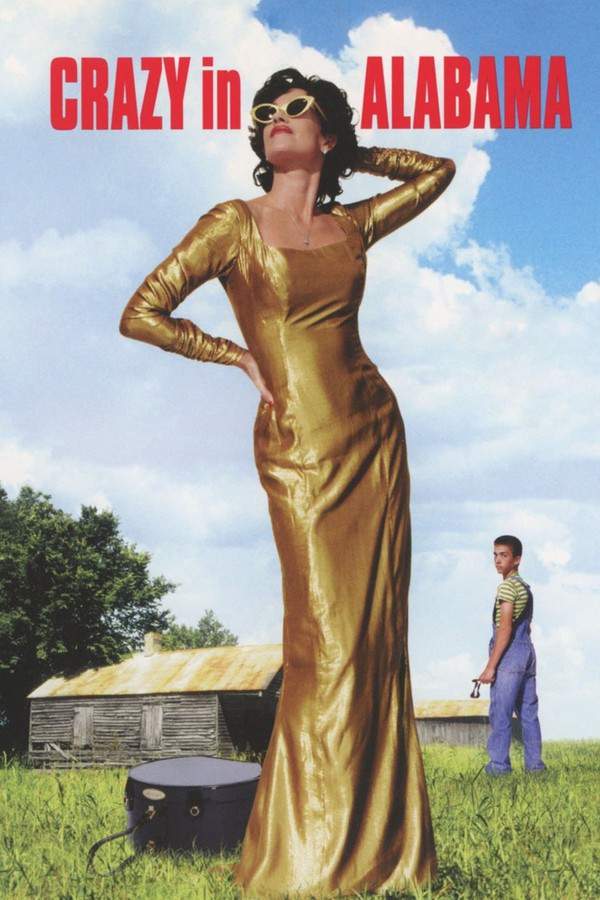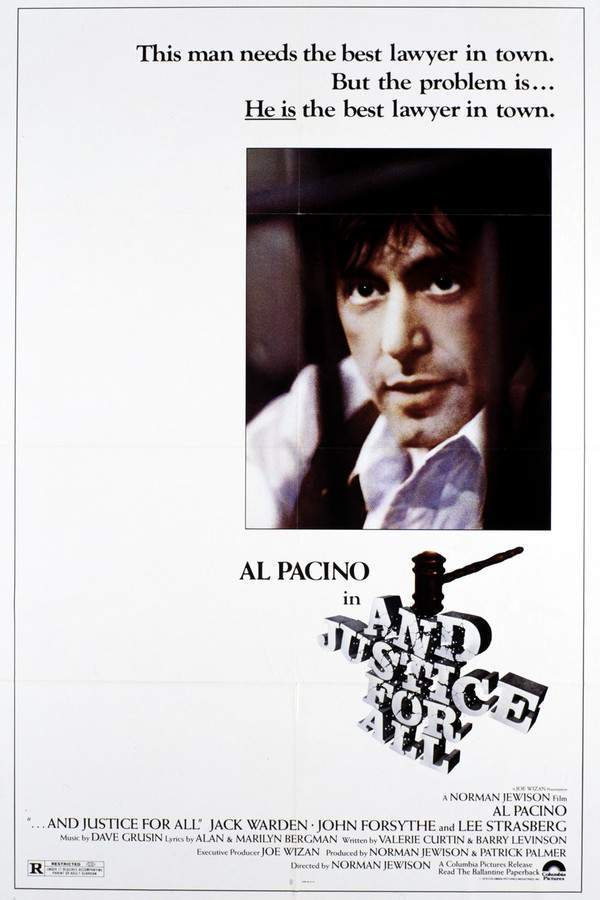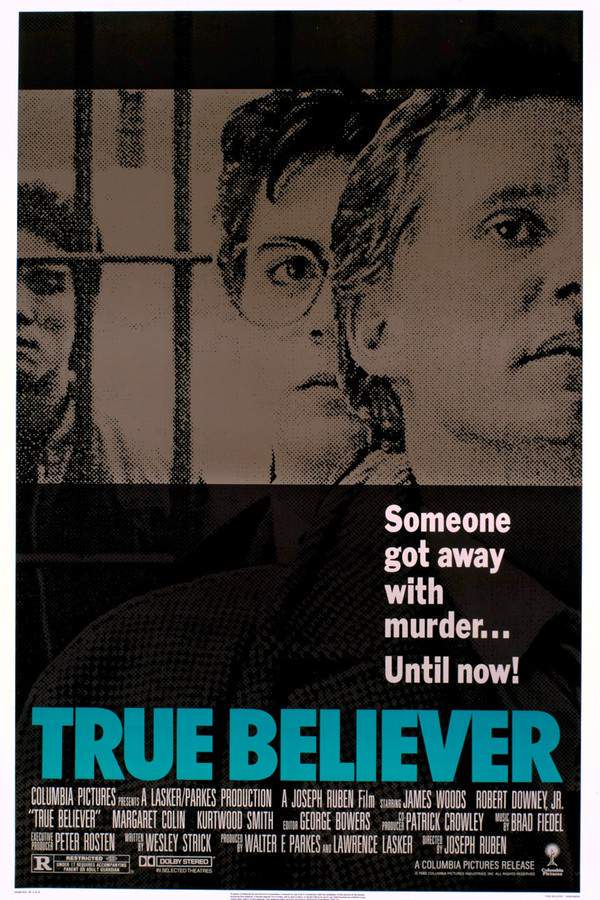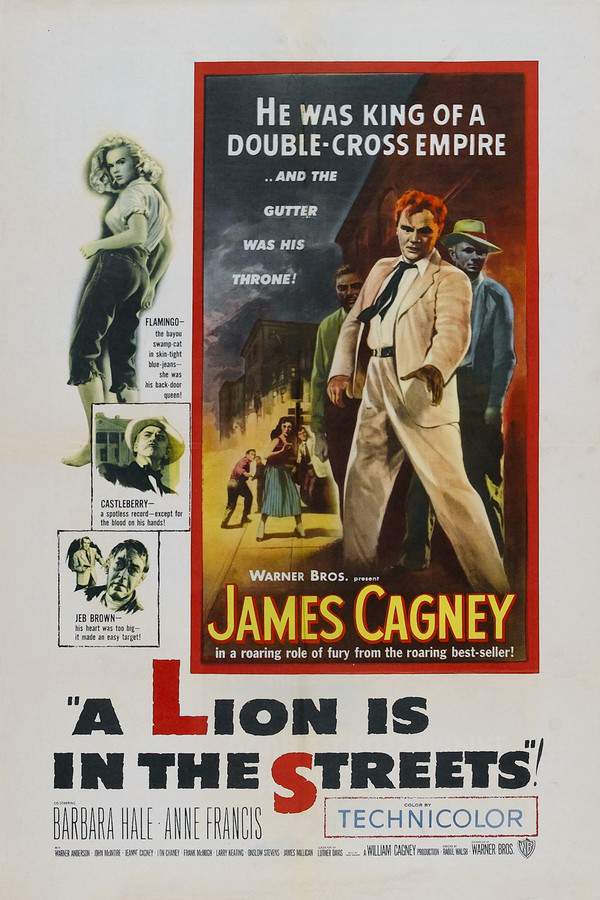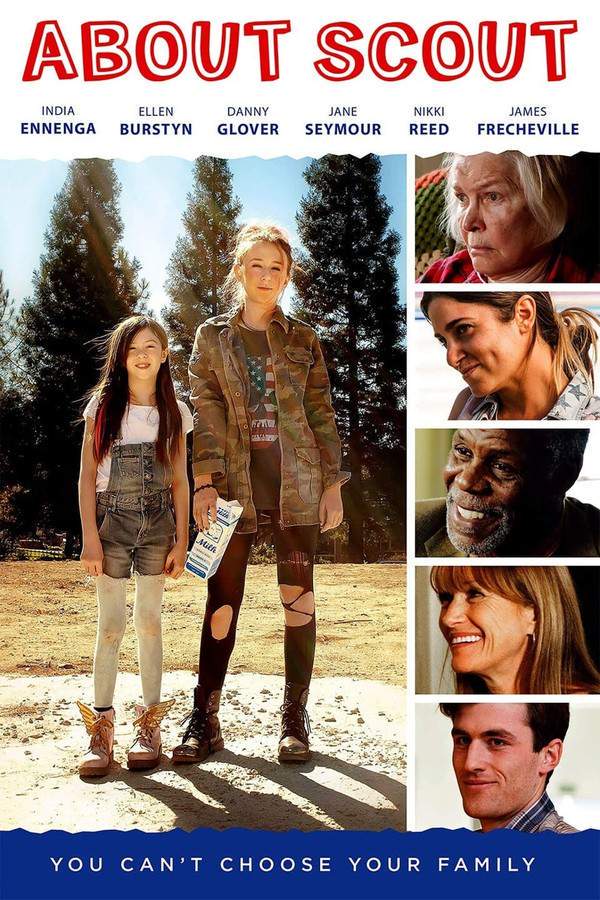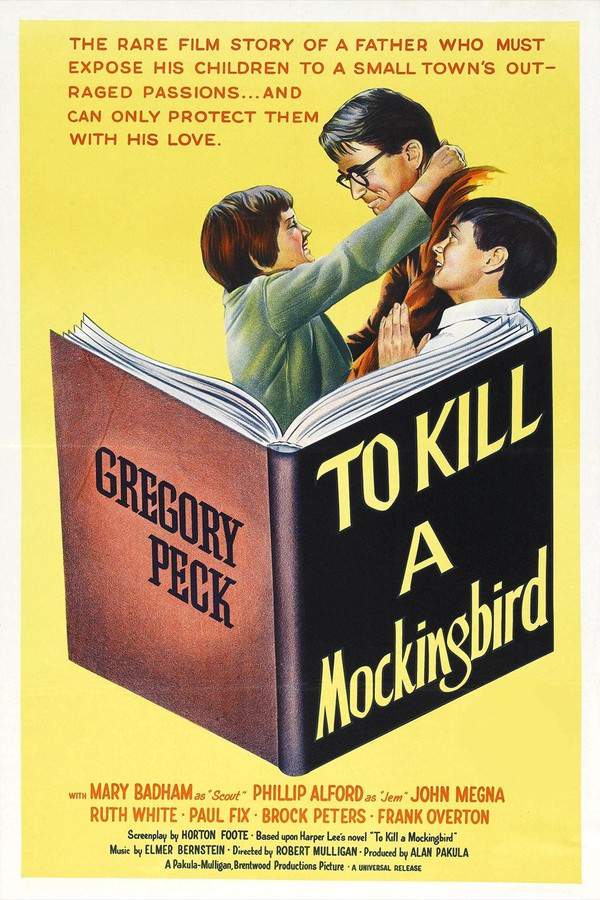
To Kill a Mockingbird
Year: 1962
Runtime: 129 min
Language: English
Director: Robert Mulligan
In the small Southern town of Maycomb, Alabama, siblings Scout and Jem Finch experience the innocence of childhood while also encountering complex issues of racial prejudice. Their lawyer father, Atticus, defends Tom Robinson, a black man falsely accused, sparking controversy and exposing the town’s deep-seated biases. As Atticus fights for justice, Scout and Jem learn valuable lessons about morality, courage, and the importance of understanding different perspectives, all while trying to unravel the mystery of their reclusive neighbor, Boo Radley.
Warning: spoilers below!
Haven’t seen To Kill a Mockingbird yet? This summary contains major spoilers. Bookmark the page, watch the movie, and come back for the full breakdown. If you're ready, scroll on and relive the story!
To Kill a Mockingbird (1962) – Full Plot Summary & Ending Explained
Read the complete plot breakdown of To Kill a Mockingbird (1962), including all key story events, major twists, and the ending explained in detail. Discover what really happened—and what it all means.
The film begins with the innocent voices of a young child meandering through cherished memories, as she sifts through mementos nestled in a cigar box. This story is narrated by an adult woman as she reflects on her childhood experiences in the small, weathered town of Macomb, Alabama, which was described as “a tired old town even in 1932,” setting the stage for her recollections. This time of her life was marked by a profound sense of fearlessness as they were told they had “nothing to fear but fear itself,” a phrase echoing FDR’s inaugural address from March 1933. The summer depicted in these memories takes place when she was just six years old.
Among her cherished memories are moments shared with Jean Louise “Scout” Finch, portrayed by Mary Badham, who sets the scene wearing her signature bib overalls with her hair cropped in bangs, welcoming Walter Cunningham, a local farmer who has come to drop off some hickory nuts. In this moment, she brings her father, Atticus Finch, to thank him. Atticus, brought to life by the talented Gregory Peck, feels an acute embarrassment over the method of payment for “some legal work” — a poignant illustration of the struggles faced by those during the Great Depression.
The enchantments of childhood continue with Calpurnia, their nurturing cook portrayed by Estelle Evans, coaxing Scout’s older brother, Jem (played by [Phillip Alford]), to come in for breakfast. However, Jem is sulking high up in his treehouse, a teenager maintaining a distance from football as Atticus has declared him “too old to play football for the Methodists.” Across the street, Miss Maudie, a spirited neighbor played by Rosemary Murphy, reassures Scout and Jem of Atticus’s respect within the community as a distinguished lawyer.
Adventure beckons through the collard patch of a neighbor, where the children are met with Dill (portrayed by John Mosna), a boy slightly older than Scout, who is spending his summer with Aunt Stephanie. They embark on a journey of imaginative storytelling about a reclusive neighbor they’ve never actually seen, whom Jem ominously describes as a “homicidal maniac.” The tales spun by Dill’s Aunt Stephanie serve as an intriguing backdrop to their summer escapades.
As the evening unfolds, Atticus listens patiently as Scout reads aloud to him. Their conversation reveals Scout’s curiosity about Boo Radley, and Atticus gently reminds his daughter that they should “leave those poor people alone.” This dialogue leads to nostalgic memories of their late mother, who passed away when Scout was only two years old.
An unexpected turn arises when Judge Taylor (played by Paul Fix) approaches Atticus, requesting him to take on a challenging case involving a man named Tom Robinson. This moment becomes significant as Atticus agrees, exemplifying his commitment to justice despite the community’s prejudice.
A series of childlike dares propel Jem, Scout, and Dill towards the Radley house, instigating their exploration into the mysterious lore surrounding Boo Radley. Their curiosity culminates in a harrowing encounter, prompting fear as Jem and Dill investigate unseen shadows at the Radley porch, leading to a disturbing encounter that sends shivers of exhilaration down their spines.
Scout’s first day of school confronts her with awkwardness; dressed in a traditional dress, she finds herself at odds with her rowdy classmates, leading to an altercation with young Walter Cunningham. This incident brings them closer as Jem invites Walter over for lunch, peeling back layers of class differences that thrust them toward a greater understanding. At lunch, Atticus imparts wisdom about empathy and the importance of understanding different perspectives, using the metaphor of the mockingbird — a poignant lesson for his children amid societal dysfunction.
As the story unfolds, an alarming event occurs when Calpurnia detects a rabid dog terrorizing the neighborhood. IIn a moment of unforeseen courage, Atticus steps up to shoot the rabid dog, revealing his sharpshooting skills and leaving an indelible impression on Jem.
Soon, tension mounts as the trial of Tom Robinson looms near. As the town buzzes in anticipation, Scout, Jem, and Dill make their way to the courthouse, hoping to catch a glimpse of the proceedings that will ultimately change their lives forever. In a powerful display of legal inquiry, Atticus painstakingly dismantles the prosecution’s arguments, revealing the inaccuracies and inconsistencies within the testimonies provided against Tom Robinson.
Despite Atticus’s eloquent defense, the outcome of the trial delivers a crushing verdict — one that further amplifies the prejudices that run deep in their community. As the children witness the aftermath, a lesson in respect arises as the black community stands in unison to honor Atticus for his noble attempt at justice.
In the face of violence, Bob Ewell emerges as an antagonist, a symbol of unfounded rage and prejudice, leading to a harrowing night where Scout and Jem’s lives are turned upside down. In an unexpected moment of bravery, Boo Radley steps out from the shadows, revealing his true nature and saving the children, leading to a bittersweet conclusion where innocence mingles with the harsh realities of the world outside their childhood wonder.
Finally, as Scout guides Boo back to his home, she reflects on the wisdom imparted by Atticus: “It’s a sin to kill a mockingbird.” In this serene moment of understanding, the story culminates in profound lessons on empathy, justice, and the beauty of community — elements that linger long after the final credits roll, ensuring that the innocence of childhood and the realities of adulthood coexist in a fragile harmony.
Last Updated: January 19, 2025 at 18:49
Unlock the Full Story of To Kill a Mockingbird
Don't stop at just watching — explore To Kill a Mockingbird in full detail. From the complete plot summary and scene-by-scene timeline to character breakdowns, thematic analysis, and a deep dive into the ending — every page helps you truly understand what To Kill a Mockingbird is all about. Plus, discover what's next after the movie.
To Kill a Mockingbird Timeline
Track the full timeline of To Kill a Mockingbird with every major event arranged chronologically. Perfect for decoding non-linear storytelling, flashbacks, or parallel narratives with a clear scene-by-scene breakdown.

Characters, Settings & Themes in To Kill a Mockingbird
Discover the characters, locations, and core themes that shape To Kill a Mockingbird. Get insights into symbolic elements, setting significance, and deeper narrative meaning — ideal for thematic analysis and movie breakdowns.

Similar Movies to To Kill a Mockingbird
Discover movies like To Kill a Mockingbird that share similar genres, themes, and storytelling elements. Whether you’re drawn to the atmosphere, character arcs, or plot structure, these curated recommendations will help you explore more films you’ll love.
Explore More About Movie To Kill a Mockingbird
To Kill a Mockingbird (1962) Scene-by-Scene Movie Timeline
To Kill a Mockingbird (1962) Movie Characters, Themes & Settings
To Kill a Mockingbird (1962) Spoiler-Free Summary & Key Flow
Movies Like To Kill a Mockingbird – Similar Titles You’ll Enjoy
Just Mercy (2019) Plot Summary & Ending Explained
Anatomy of a Murder (1959) Full Movie Breakdown
The Client (1994) Movie Recap & Themes
The Judge (2014) Spoiler-Packed Plot Recap
Crazy in Alabama (1999) Plot Summary & Ending Explained
...and justice for all. (1979) Film Overview & Timeline
A Time to Kill (1996) Full Movie Breakdown
True Believer (1989) Full Movie Breakdown
A Lion Is in the Streets (1953) Spoiler-Packed Plot Recap
About Scout (2016) Complete Plot Breakdown
Intruder in the Dust (1949) Full Summary & Key Details
The Klansman (1974) Film Overview & Timeline
12 Angry Men (1997) Movie Recap & Themes
Color of Justice (1997) Full Movie Breakdown
Fearful Symmetry (1998) Film Overview & Timeline




